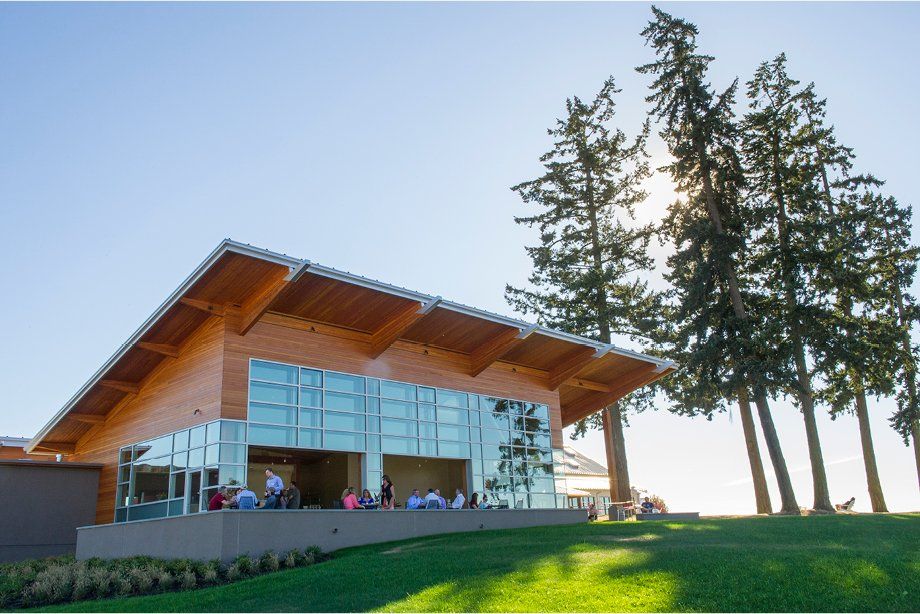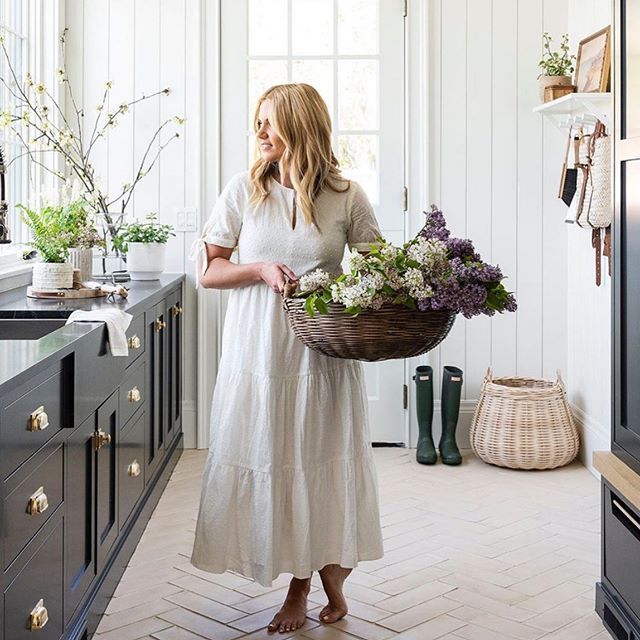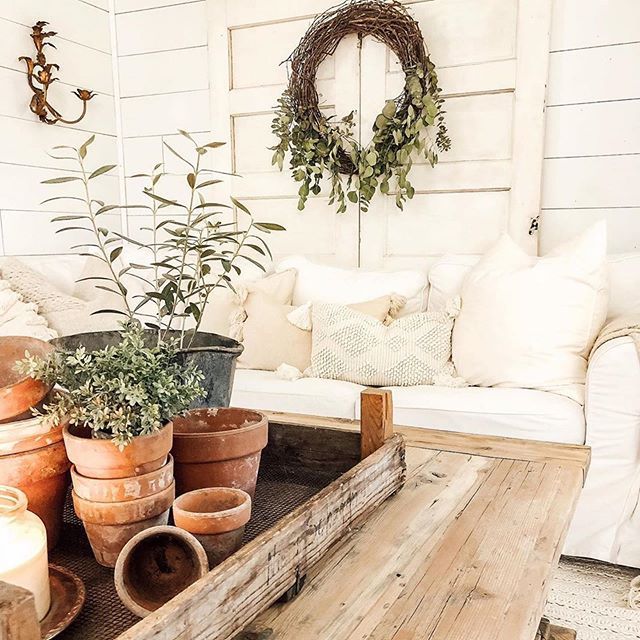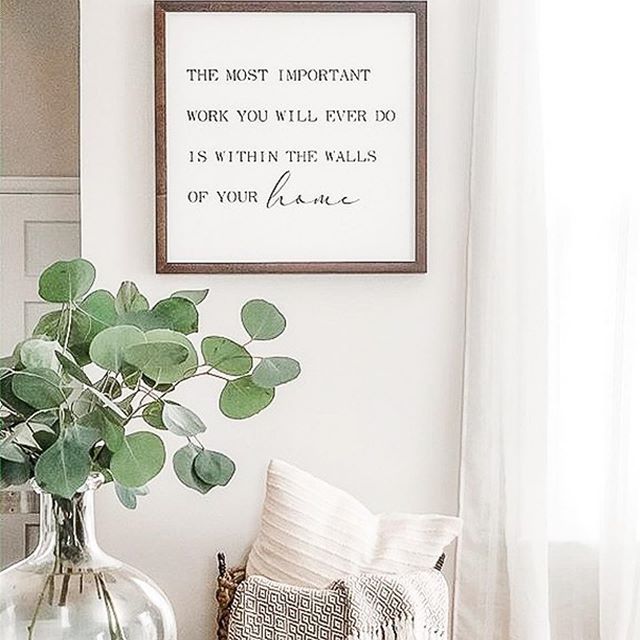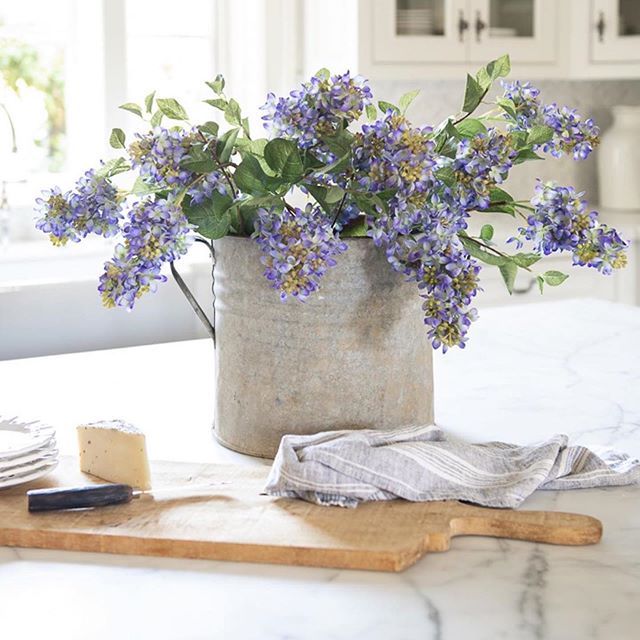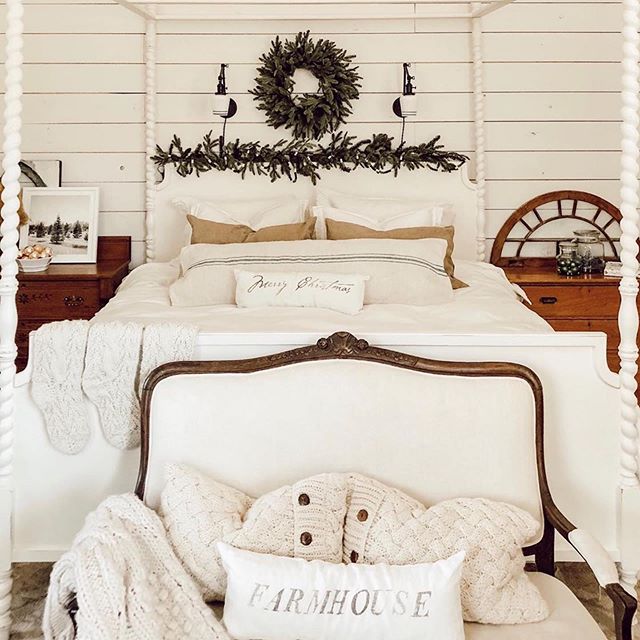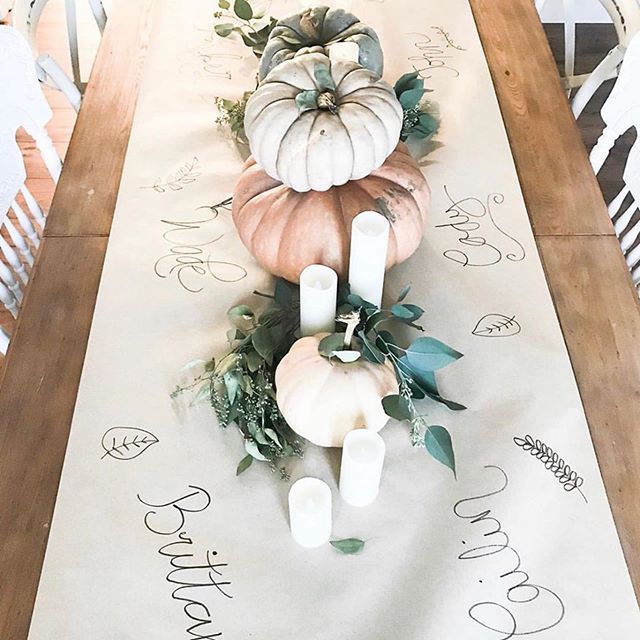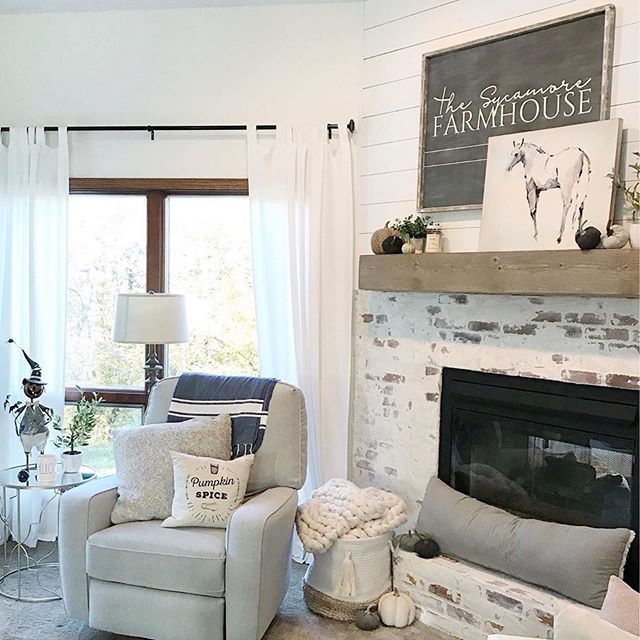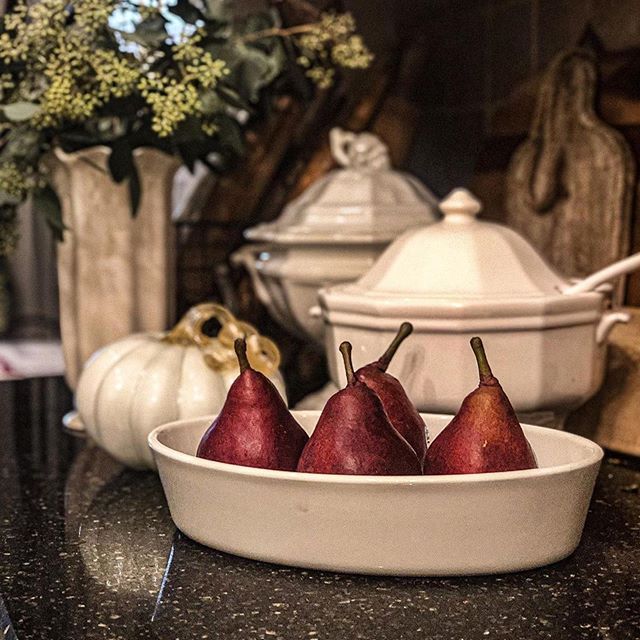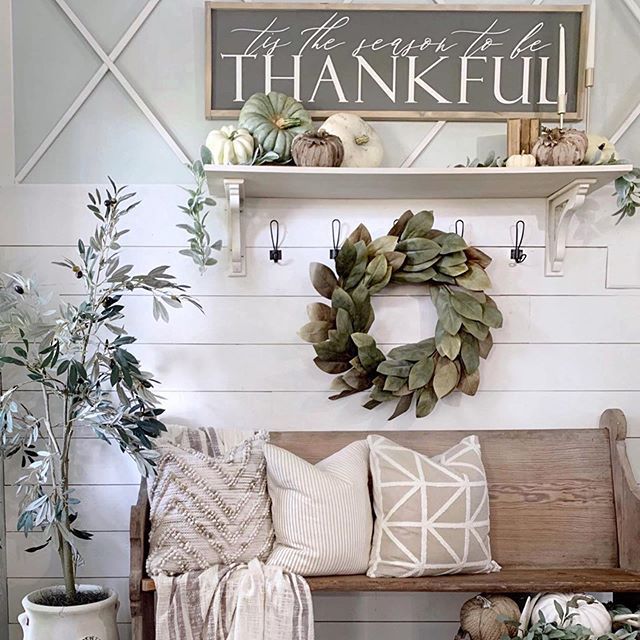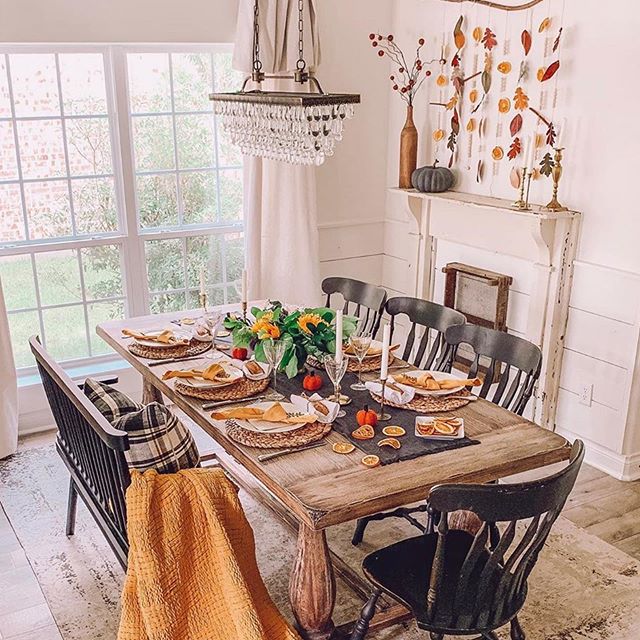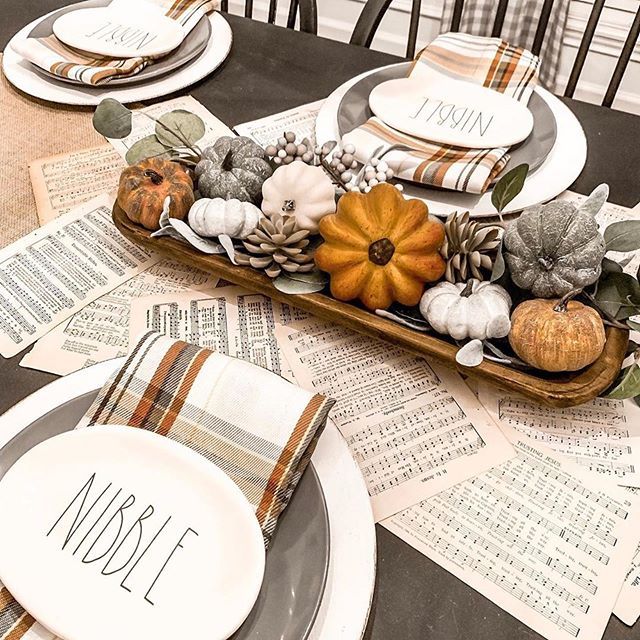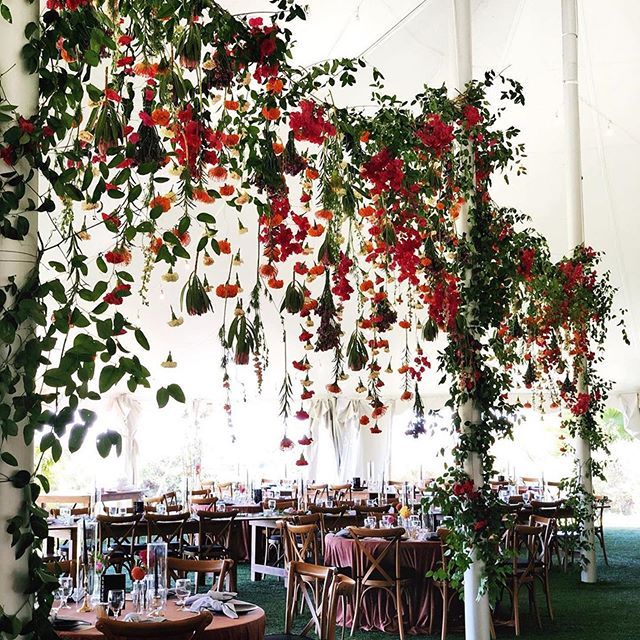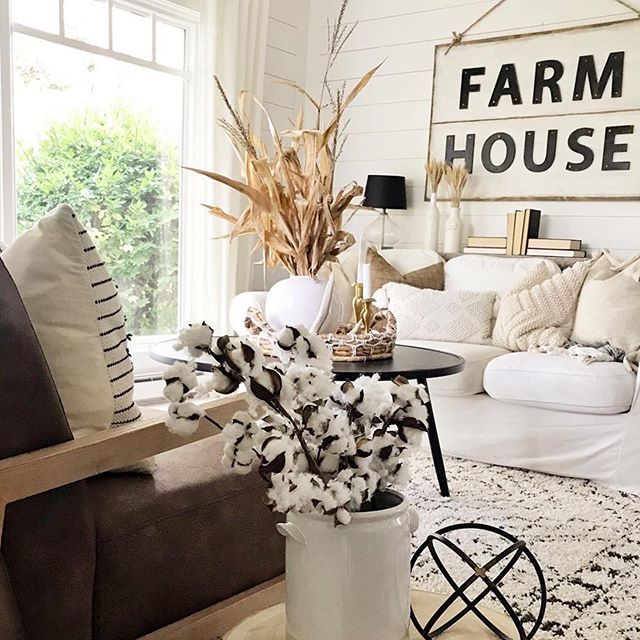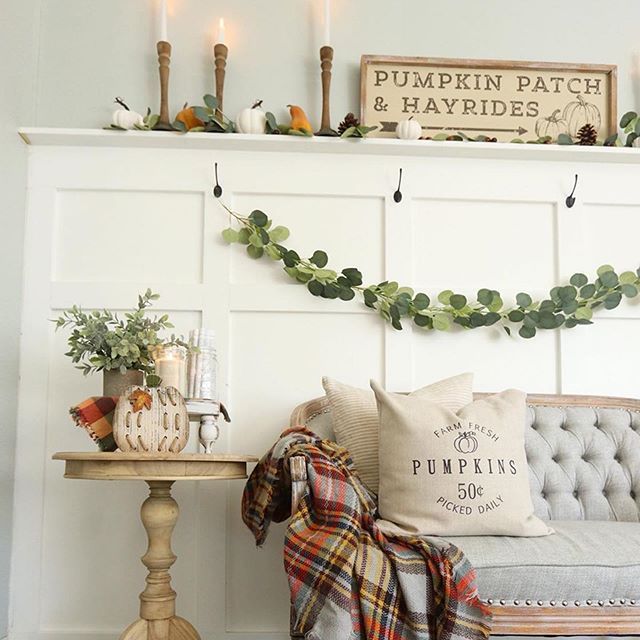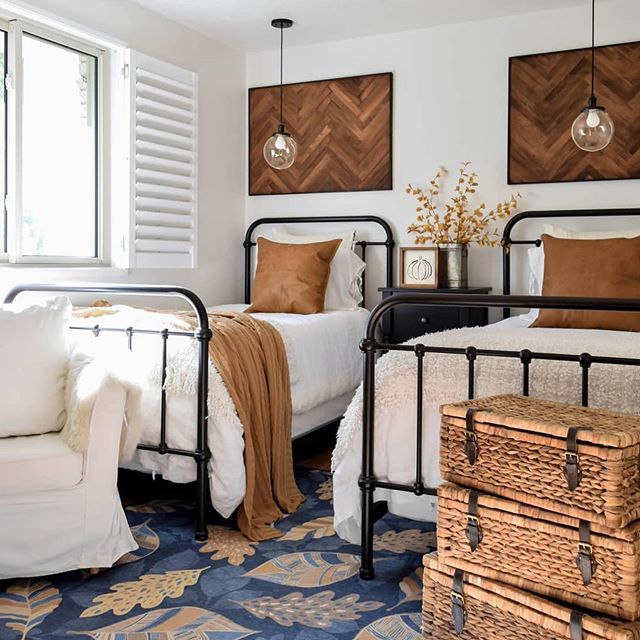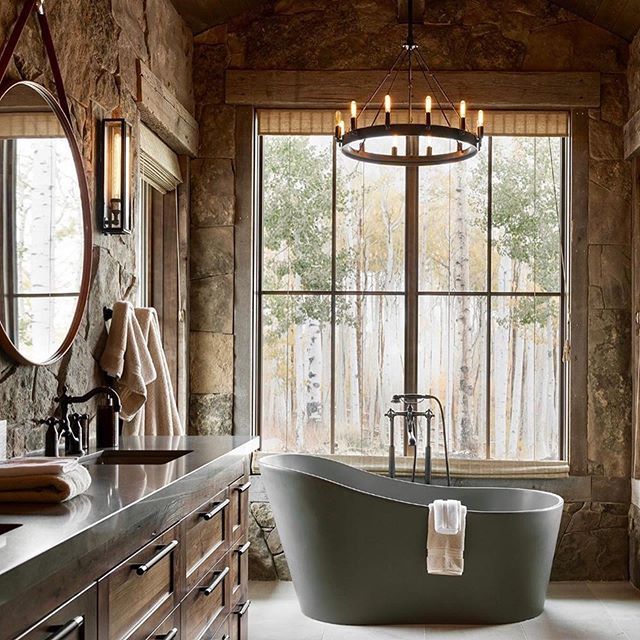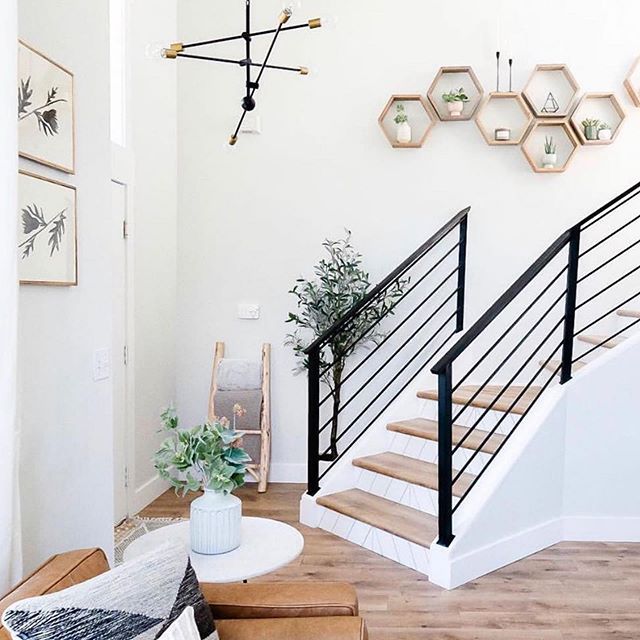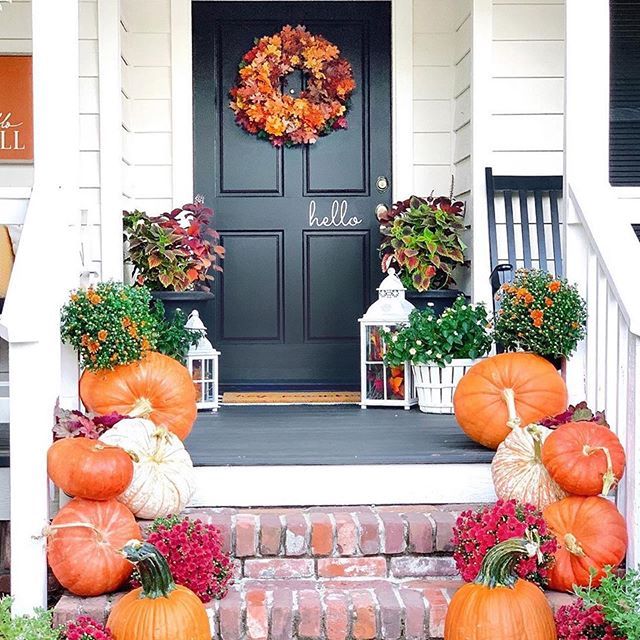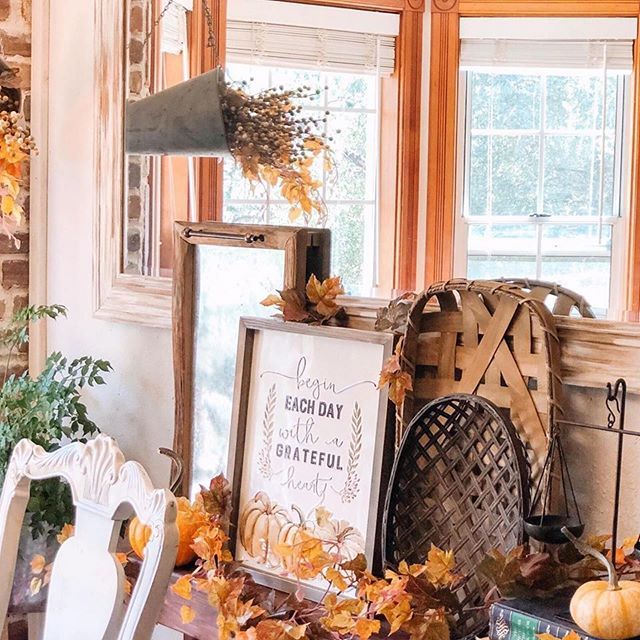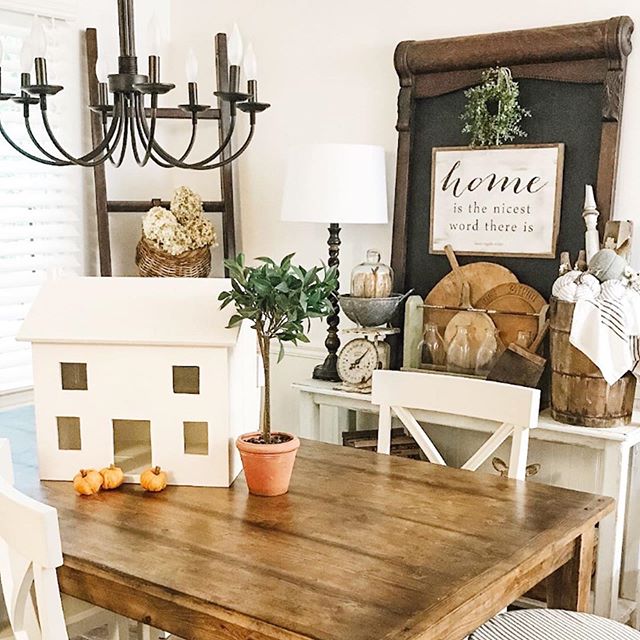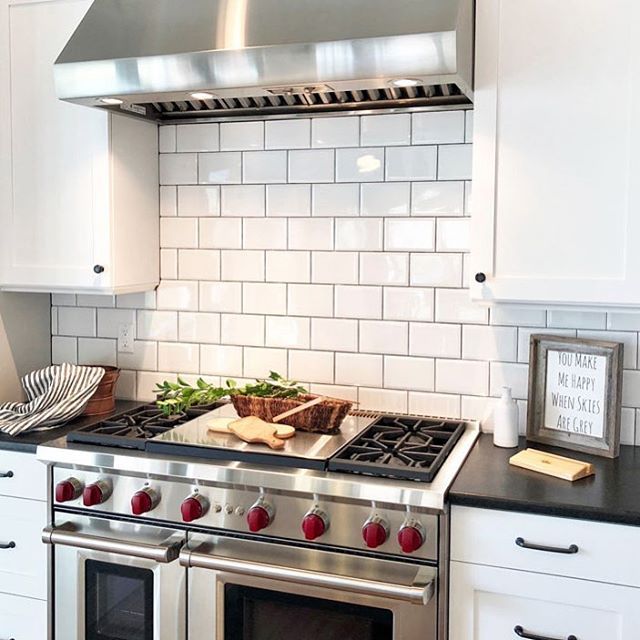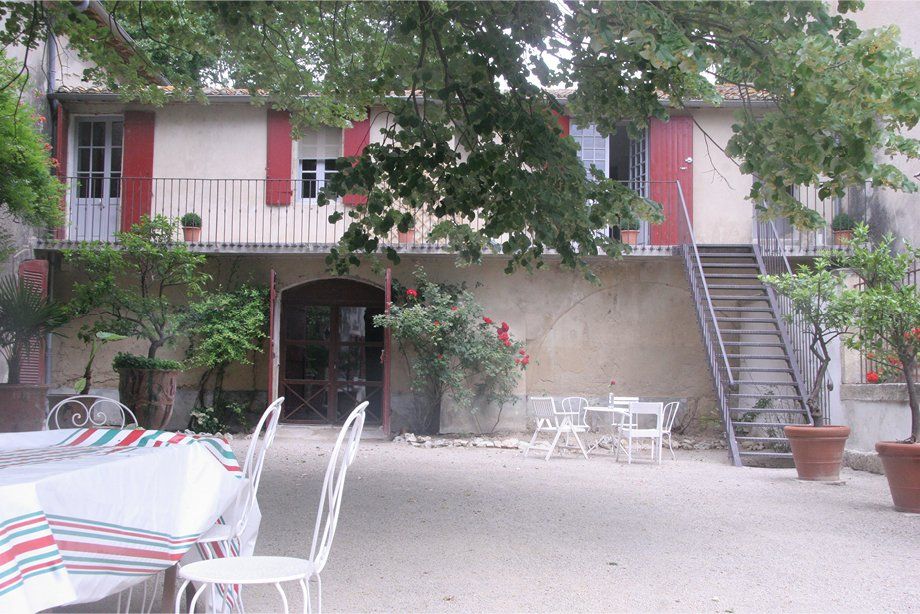
17TH CENTURY FRENCH CHATEAU
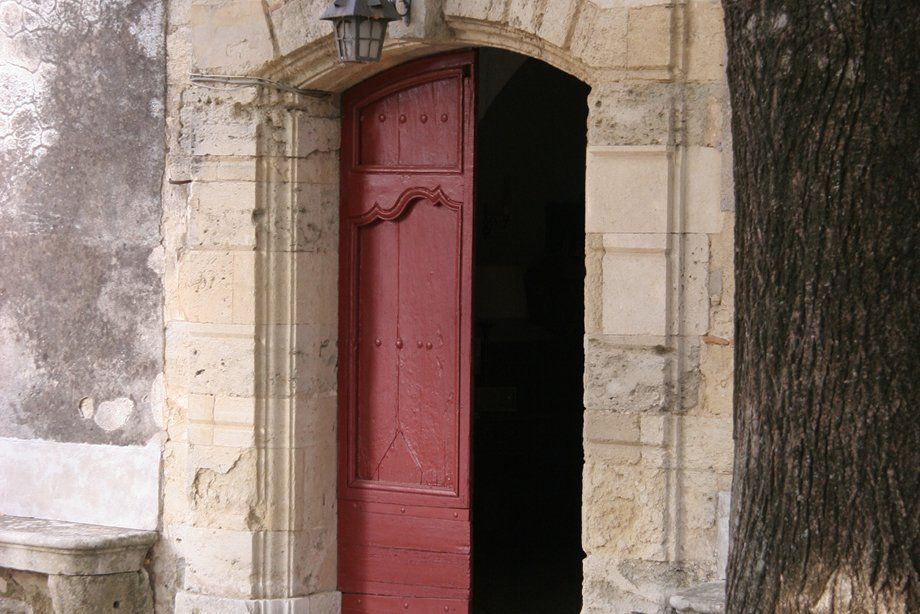



Instagram Feed
lafleurmagazine
True empowerment is encouraging. Remind ourselves of our value. Lasting beauty grows within.
lafleurmagazine
This season may be challenging, but all the beauty around us makes it so much better. Lilacs, linen and beautiful kitchens. 💛 Everything 🌿 by @studiomcgee
lafleurmagazine
Beautiful Red, White & Blue macaron! Yumm. Happy Independence Day! 🇺🇸❤️💙 by @frenchforawhile #frenchforawhile
#lafleurmagique #4thofjuly #frenchmacarons❤️ #baking #womensmagazine #frenchlifestyle #redwhiteandblue
lafleurmagazine
Anyone potting plants and herbs for a quarantine pick-me-up? Nothing soothes the soul more than fresh herbs and terra cotta. 💛 This lovely home and gorgeous pots have us inspired and ready to create something fresh by @designsbyashleyknie
#organic #pottery #herbgarden #frenchlife #organicliving #farmhousedecor #farmhousestyle #lafleurmagazine
lafleurmagazine
This is a timely and beautiful reminder from @smallwoodhome The most “significant” work we will ever do is within the walls of our home. Where love heals, encourages, empowers, connects, restores...🏡❤️ #love #family #intentionalliving #livelove #belove #lafleurmagazine
lafleurmagazine
A little spring inspiration to brighten the day. 🌿 Lavender is a subtle color and adds just the right amount if spring and French cheese is always a nice treat.
This lovely kitchen by @sanctuaryhomedecor #lavender #farmhousedecor #farmhousekitchen #frenchfarmhouse #frenchstyledecor #lafleurmagazine
lafleurmagazine
Cozy, beautiful and all decked out for Christmas. 🌲Who is feeling a cozy Christmas bedroom to rest during this busy season? 🙋♀️ This lovely space is by @whitetailfarmhouse 🌲
#farmhouse #bedroomdecor #christmasdecor #vintage #farmhousechristmas #lafleurmagazine
lafleurmagazine
Hosting Thanksgiving? Cute idea for the Thanksgiving table. Handwritten place markers for each guest.
#thanksgiving #tablesetting #tabledecor #pumpkins #homedecor #lafleurmagazine 📷@houseofmurphy #onthetable #styleonmytable
lafleurmagazine
This looks delicious for dinner. Cold days call for warm, healthy comfort food.
@crazyinspiredlife looks so yummy!
#comfortfood #recipes #currychicken #lafleurmagazine
lafleurmagazine
Love the hints of fall in this lovely, peaceful space by @the.sycamore.farmhouse #lovely #falldecor #farmhousedecor #interiordecorating #home #whitepumpkins #whitefarmhousedecor #whitefarmhouse
lafleurmagazine
All the fall color perfected in ironstone dishes, eucalyptus, and pears 🍐🍁Love this display by @murry_lane_memories
#falldecor #farmhouse #vintage #homedecor #falldecor #kitchendecor #lafleurmagazine
lafleurmagazine
So true. Maintaining Thankfulness is the key to abundant living. 🧡Such a pretty display by @blessed_ranch
A welcoming and inviting space for family and friends.
#thankful #blessed #abundance #living #fall #homedecor #interiordesign #falldecor #farmhousedecor #farmhouse #lafleurmagazine
lafleurmagazine
This is such a beautiful fall tablescape. Did you notice the falling leaf backdrop? So cool and great over the fireplace. Have you thought about how you will decorate the table for fall gatherings? 📷@lifebyleanna
#fall #falldecor #rusticdecor #tablescapes #pumpkin #fallleaves #interiordesign #interiordesigner #lafleurmagazine
lafleurmagazine
Cute fall table decor. Layer vintage music sheets as a table runner + RAE DUNN 🧡
@hometownblessings
#fall #falldecorating #falldecor #pumpkins #tablescapes #interiordesign #lafleurmagazine
lafleurmagazine
Layered floral backdrop. 😍 Perfect for every event. 📷@layeredvintage
#lafleurmagazine #floral #falldecor #fall #interiordesign #weddingflorals #tablescapes
lafleurmagazine
Loving the styling corn stalks indoors trend🧡🌽🍁 📷@proverbs31girl
#fall #farmhouse #farmhouseliving #farmhousekitchen #whitesofa #falldecor #interiordesign #lafleurmagazine
lafleurmagazine
Loving the styling corn stalks indoors trend🧡🌽🍁 📷@proverbs31girl
#fall #farmhouse #farmhouseliving #farmhousekitchen #whitesofa #falldecor #interiordesign #lafleurmagazine
lafleurmagazine
Loving the gold rich tones in this room. How cute are the 2 twin beds?!? Love! 📷@vintagewhitefarmhouse
#lafleurmagazine #home #interiordesign #interiordesigner #twinbedroom #falldecor #fall #rusticdecor
lafleurmagazine
Looking for a peaceful spot to unwind? This space looks perfect 😍 📷@imkinteriordesign
#rustichomedecor #rusticdecor #homes #home #interiordesign #interiordecorating
#bathroomdesign #bathroomdecor
lafleurmagazine
Who loves these design elements? 🙋🏼♀️ Mixed elements. Wood, metals, texture, airy and open 😍 📷@chelseaveurinkdesign
#lovemodernfarmhousedesign #farmhouse #metalrailings 😍 #staircase #home #homedecor #homesweethome #homedesign #interiordesign #interiordecorating
lafleurmagazine
All the pretty fall color displayed to welcome friends. 🧡 📸@homehydrangea
#falldecor #fallleaves #fall #frontporch #farmhouse #farmhousehome #home #lafleurmagazine
lafleurmagazine
“Begin each day with a grateful heart.” 🧡 Happy Friday! 🍁🍂🍁 Fall magic by 📷@thefarmhouseeclectic
lafleurmagazine
Time to layer all the fall magic. Pumpkins, fall leaves, branches, vintage 🍂🧡🍁 📷@thevintagejoy
#vintage #vintagehomedecor #antique #fall #pumpkins #pumpkindecor #farmhouse #farmhousetable #farmhousevintage
lafleurmagazine
Love this room. All the beams and neutrals 😍 📷@sbkliving
#farmhouse #woodbeams #rustic #neutrals #home #homedesign #interiordesign #lafleurmagazine
lafleurmagazine
A bouquet’s beauty is collective. Flowers come together to compliment, creating something even more beautiful together.
#lafleurmagazine #lafleurmagazineweddings #wedding #weddingflowers #flowers #beauty #womeninspiringwomen #girlboss #spring #style #utahweddingphotographer #idahoweddingphotographer
lafleurmagazine
Wedding Inspiration, Photography, Gift Ideas, Cakes, Trends, Love Stories, Vendors & More. LaFleur Magazine Weddings coming soon!
#lafleurmagazineweddings #weddingdiy #wedding #weddingdress #diy #romance #love #weddingflowers #weddingcake #bride #bridesmaids #honeymoon

